My favourite painting: Dr Jean Wilson
Dr Jean Wilson, a specialist in the iconography and emotional history of English Renaissance funerary monuments, chooses Sir John Finch and Sir Thomas Baines by Carlo Doci.
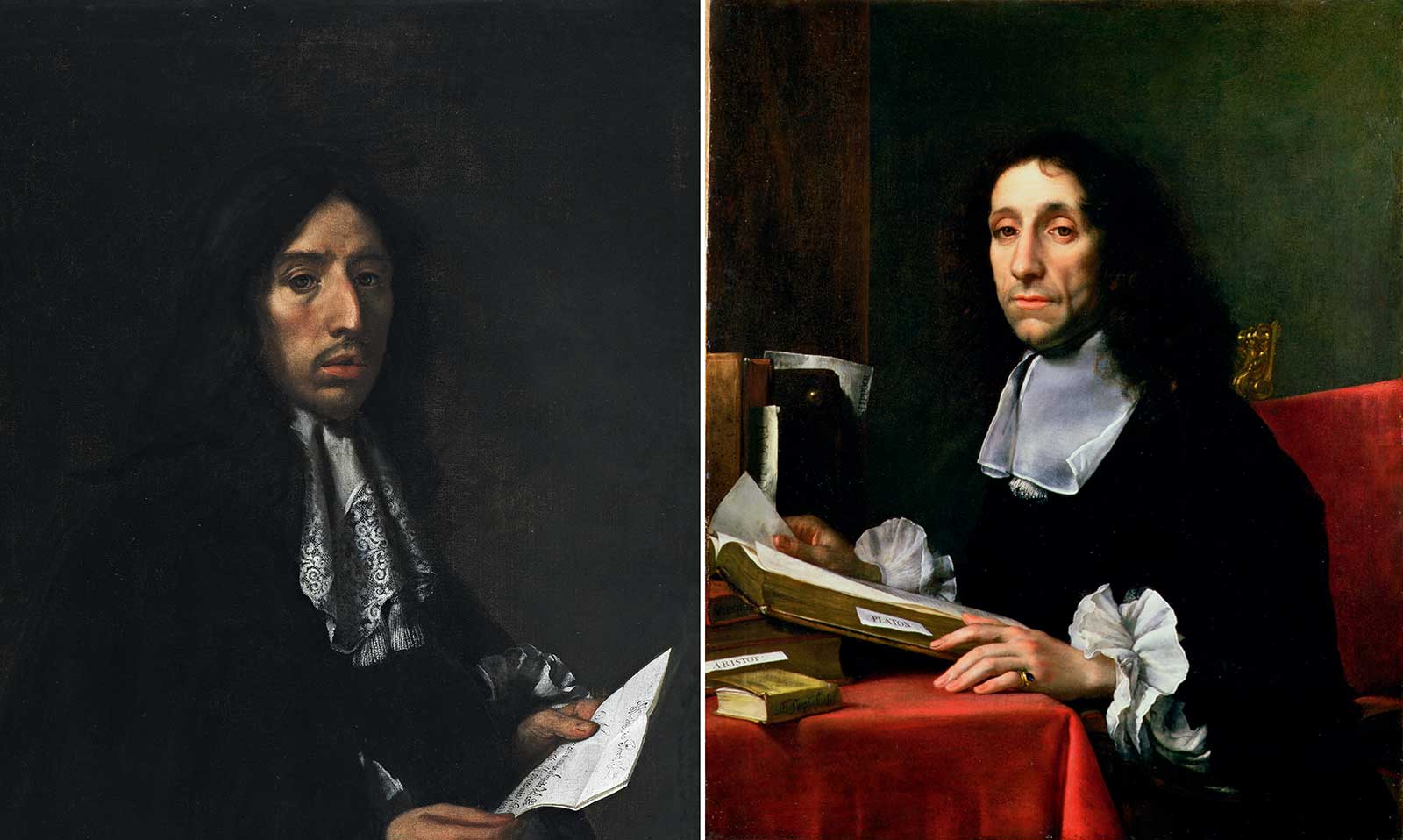

Dr Jean Wilson on Sir John Finch and Sir Thomas Baines by Carlo Dolci
‘This was a great love story: John Finch (1626–82) and Thomas Baines (1622–81) met at Christ’s College, Cambridge, and were partners for life.
'Dolci catches them in conversation: Finch (his hare-lip, always shown in his portraits, tactfully represented) holds a document, his parted lips suggesting that he is commenting on it, as Baines looks up from his study of Plato’s works in response to his partner: the paintings are not only pendants, but depict a dynamic affectionate interchange between the two.
'I like the tact and subtlety with which Dolci evokes individual personalities–Finch rather vulnerable, Baines calm, and drily humorous’
Dr Jean Wilson specialises in the iconography and emotional history of English Renaissance funerary monuments and is a former president of the Church Monuments Society. Her books include Entertainments for Elizabeth I and the prize-winning The Archaeology of Shakespeare.
Charlotte Mullins comments on Sir John Finch and Sir Thomas Baines
Sir Thomas Baines and Sir John Finch met in the 1640s. They quickly became inseparable and moved to Padua in Italy to continue their training as physicians. Baines became both a physician and a professor of music, but it was Finch’s career that led to the pair being stationed in Florence and Constantinople, where Finch was ambassador to Charles II.
In 1665, Finch was appointed minister to the Grand Duke of Tuscany and Baines accompanied him as his companion. Finch befriended the highly regarded Baroque artist Carlo Dolci, who lived and worked in Florence.
Known primarily for his religious scenes, he also painted portraits for the ruling Medici family. Finch persuaded Dolci to paint Baines and himself and, in the resulting pendant portraits, they make a sober pair. Finch reads a letter as Baines, seated, reads philosophy. Finch’s eyes are in shadow, but the light catches his aquiline nose and full lips.
Baines is paler, his eyebrows arched over hooded eyes. Only Finch’s lace cravat and Baines’s petal-like double cuffs add any sense of luxury. The pair are engaged in solitary pursuits, but are turned to face one another, their heads painted at the same height, their hands reaching for each other.
When Baines died of a fever in Constantinople, Finch wrote that his death had ‘cut off the thread of all my worldly happiness’. Their partnership had been ‘a beautiful and unbroken marriage of souls’. They were together for 36 years and were buried in a joint monument in Christ’s College, Cambridge.
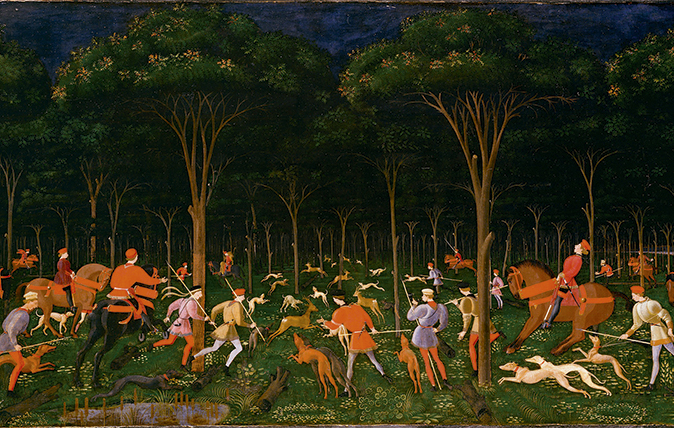
Credit: © Ashmolean Museum
Sign up for the Country Life Newsletter
Exquisite houses, the beauty of Nature, and how to get the most from your life, straight to your inbox.
My favourite painting: Lord Dalmeny
'There is no religious dogma, just entrancing charm, whimsy and Pony Club heroics on display under the dark Narnian canopy'
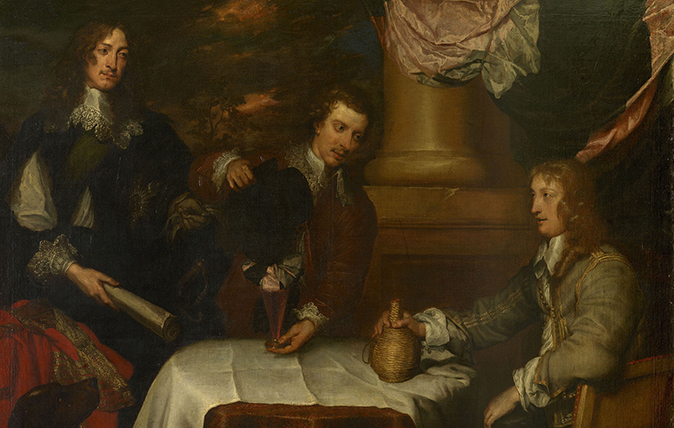
My favourite painting: Bernard Taylor
'I am fascinated by the drama clearly visible on the subjects’ faces and intrigued by the events that led to
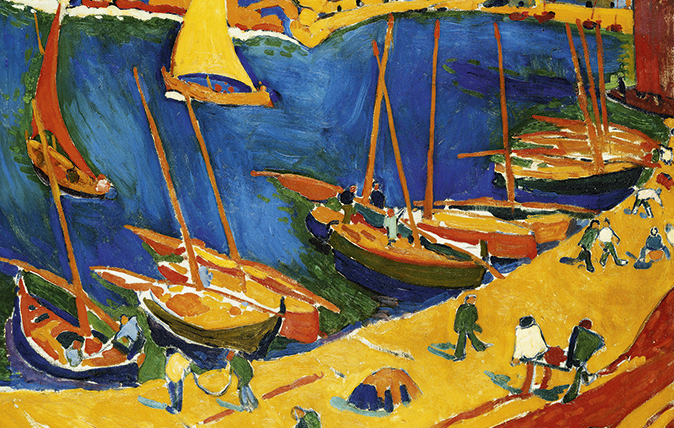
My favourite painting: Peter May
'Vividly coloured sailing boats in a harbour, which I gazed at for hours'
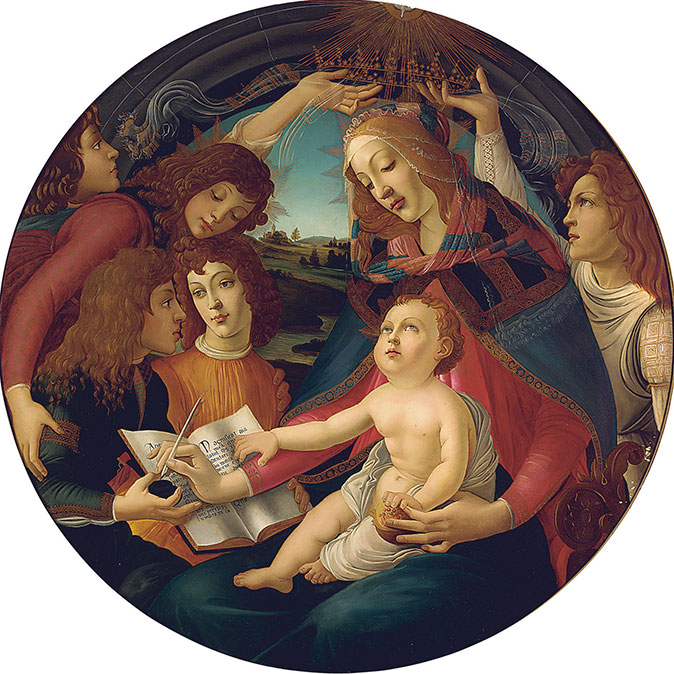
Credit: Bridgeman Images
My favourite painting: Mark Price
'The picture reminds me of her: I swear she is an angel.'
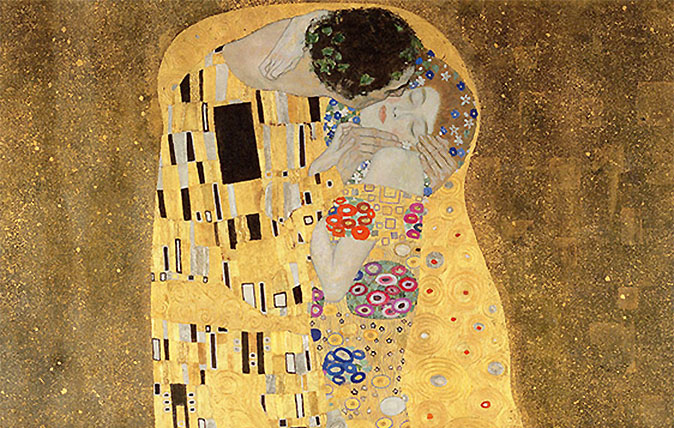
Credit: The Kiss - Gustav Klimt
My favourite painting: Danielle Steel
Danielle Steel, the world's top-selling fiction writer, admits that 'Klimt stole my heart' with this wonderful work.
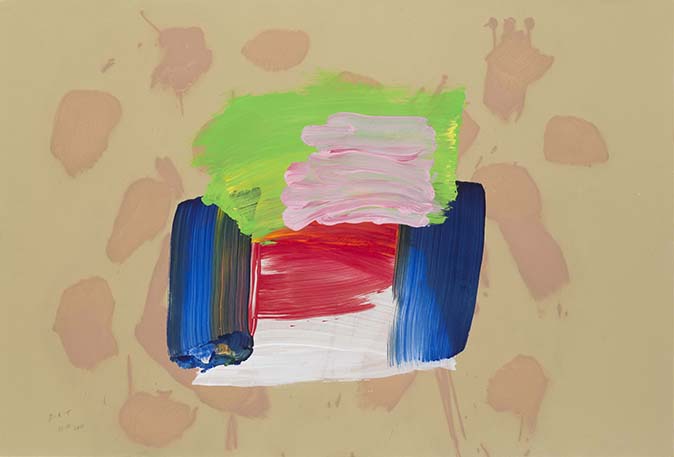
Credit: Courtesy of the artist’s estate/Alan Cristea Gallery
My favourite painting: Roger Wright
'Its typically powerful brushstrokes and juxtaposed gorgeous colours give a heart warming and evocative sense of fun and nostalgia'
Country Life is unlike any other magazine: the only glossy weekly on the newsstand and the only magazine that has been guest-edited by HRH The King not once, but twice. It is a celebration of modern rural life and all its diverse joys and pleasures — that was first published in Queen Victoria's Diamond Jubilee year. Our eclectic mixture of witty and informative content — from the most up-to-date property news and commentary and a coveted glimpse inside some of the UK's best houses and gardens, to gardening, the arts and interior design, written by experts in their field — still cannot be found in print or online, anywhere else.
-
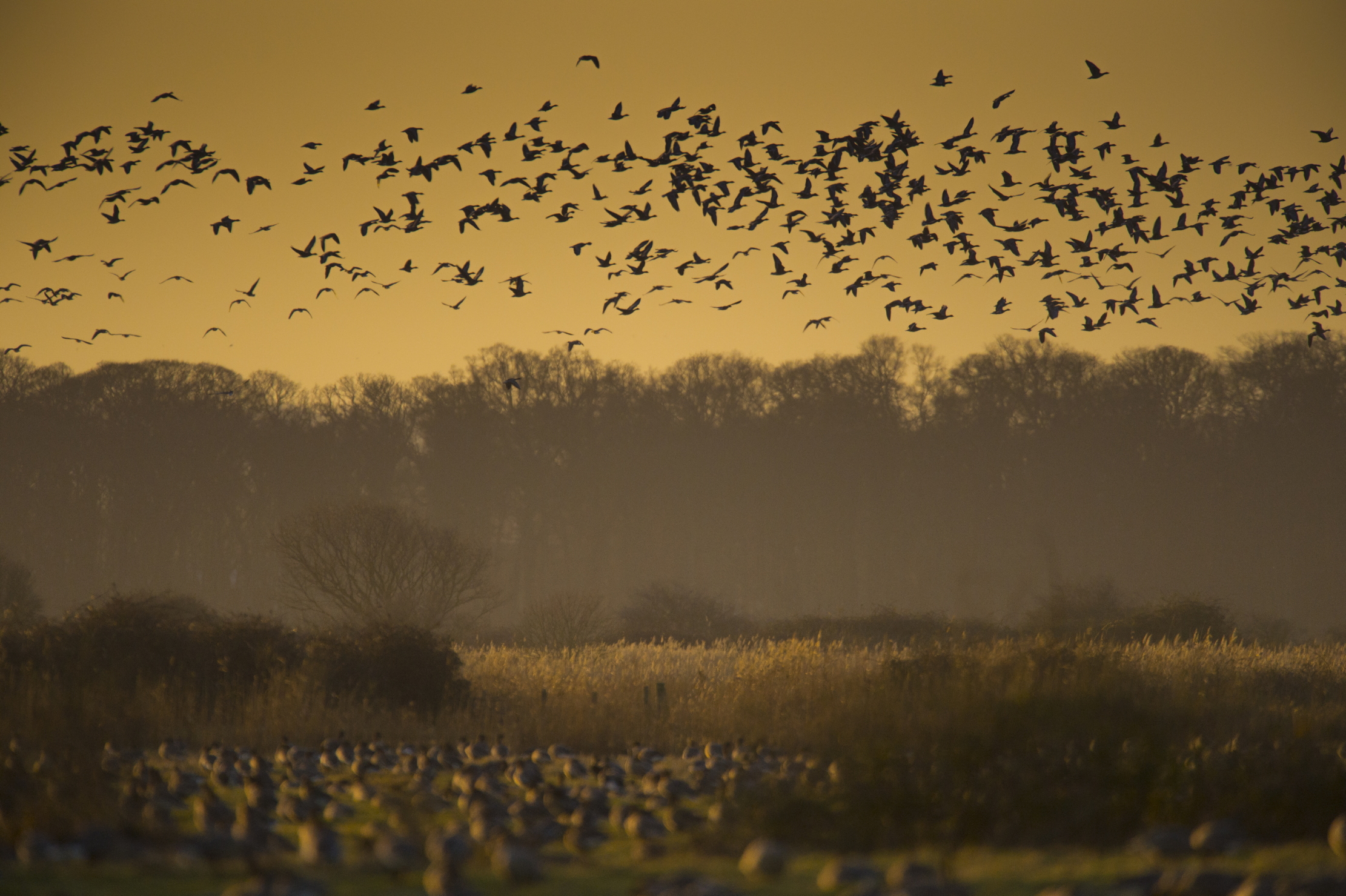 How an app can make you fall in love with nature, with Melissa Harrison
How an app can make you fall in love with nature, with Melissa HarrisonThe novelist, children's author and nature writer Melissa Harrison joins the podcast to talk about her love of the natural world and her new app, Encounter.
By James Fisher
-
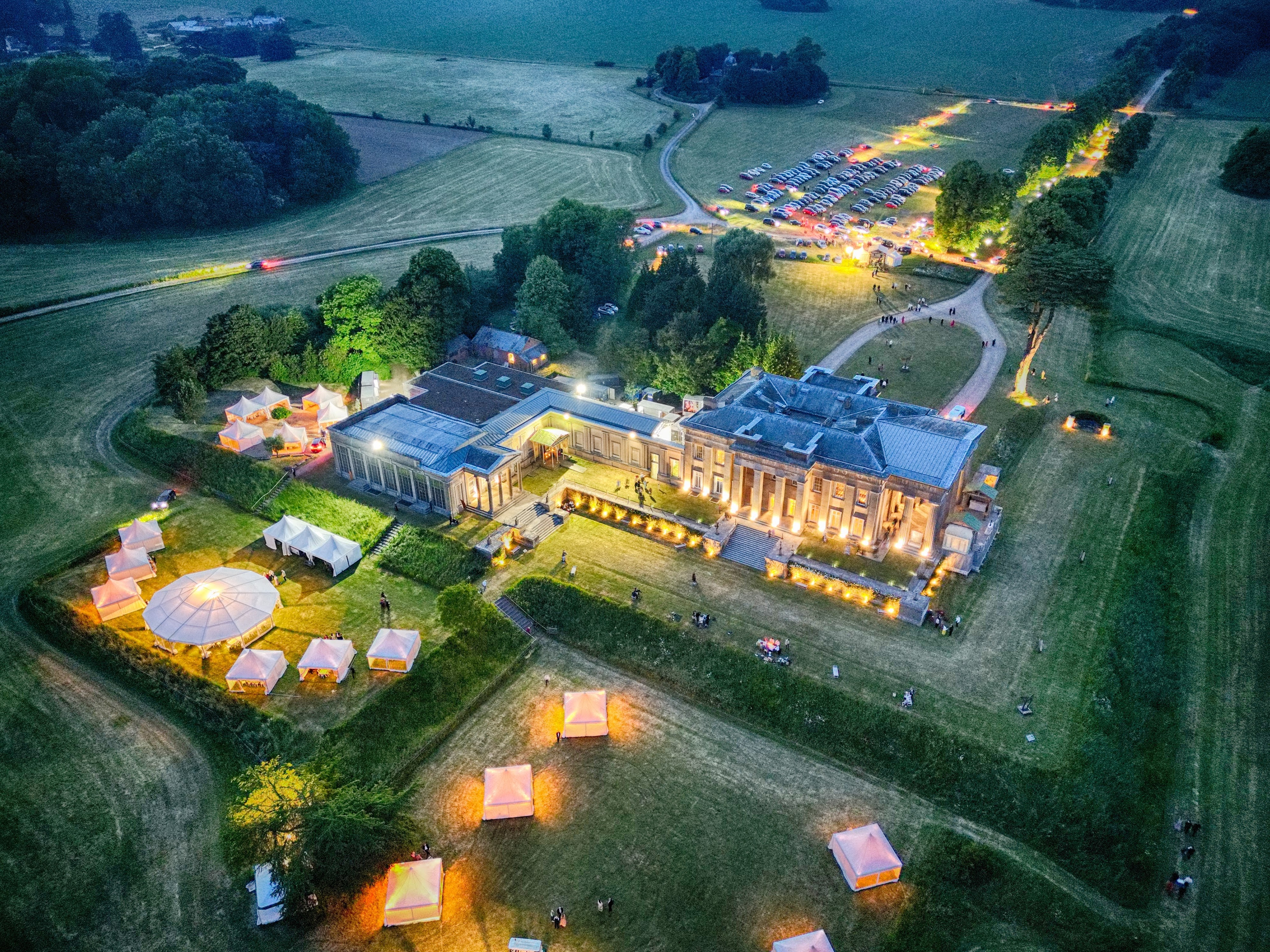 'There is nothing like it on this side of Arcadia': Hampshire's Grange Festival is making radical changes ahead of the 2025 country-house opera season
'There is nothing like it on this side of Arcadia': Hampshire's Grange Festival is making radical changes ahead of the 2025 country-house opera seasonBy Annunciata Elwes
-
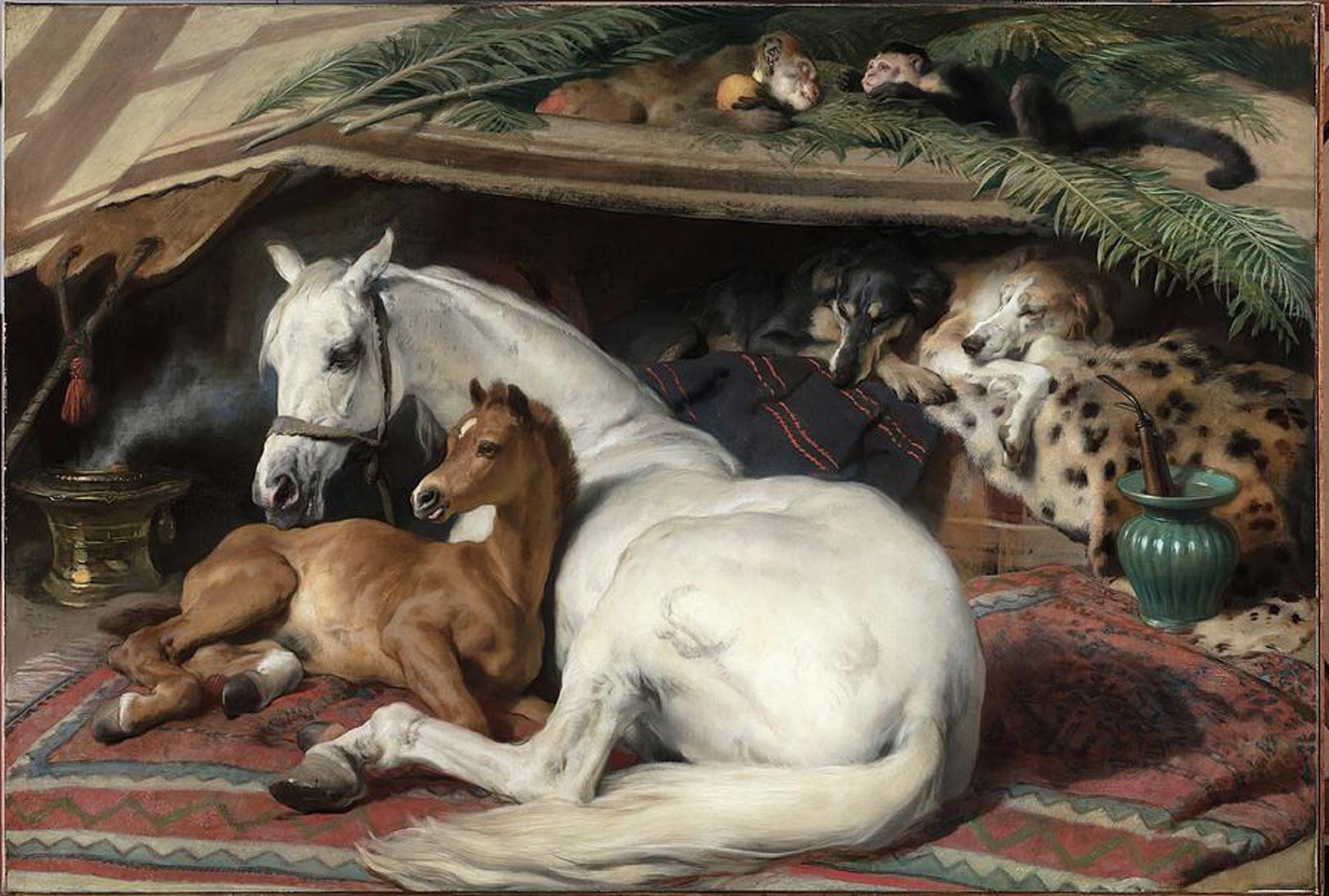 'As a child I wanted to snuggle up with the dogs and be part of it': Alexia Robinson chooses her favourite painting
'As a child I wanted to snuggle up with the dogs and be part of it': Alexia Robinson chooses her favourite paintingAlexia Robinson, founder of Love British Food, chooses an Edwin Landseer classic.
By Charlotte Mullins
-
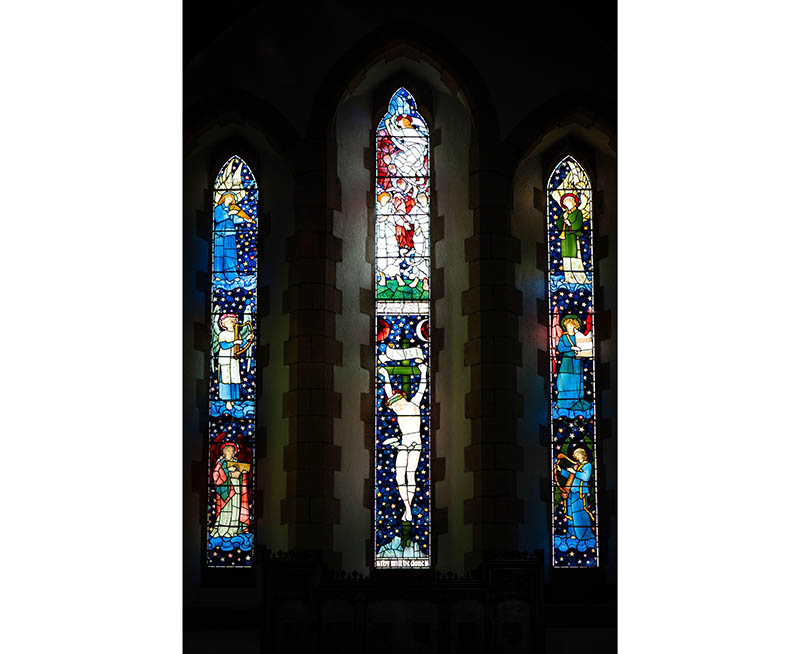 The Pre-Raphaelite painter who swapped 'willowy, nubile women' for stained glass — and created some of the best examples in Britain
The Pre-Raphaelite painter who swapped 'willowy, nubile women' for stained glass — and created some of the best examples in BritainThe painter Edward Burne-Jones turned from paint to glass for much of his career. James Hughes, director of the Victorian Society, chooses a glass masterpiece by Burne-Jones as his favourite 'painting'.
By Charlotte Mullins
-
 'I can’t look away. I’m captivated': The painter who takes years over each portrait, with the only guarantee being that it won't look like the subject
'I can’t look away. I’m captivated': The painter who takes years over each portrait, with the only guarantee being that it won't look like the subjectFor Country Life's My Favourite Painting slot, the writer Emily Howes chooses a work by a daring and challenging artist: Frank Auerbach.
By Toby Keel
-
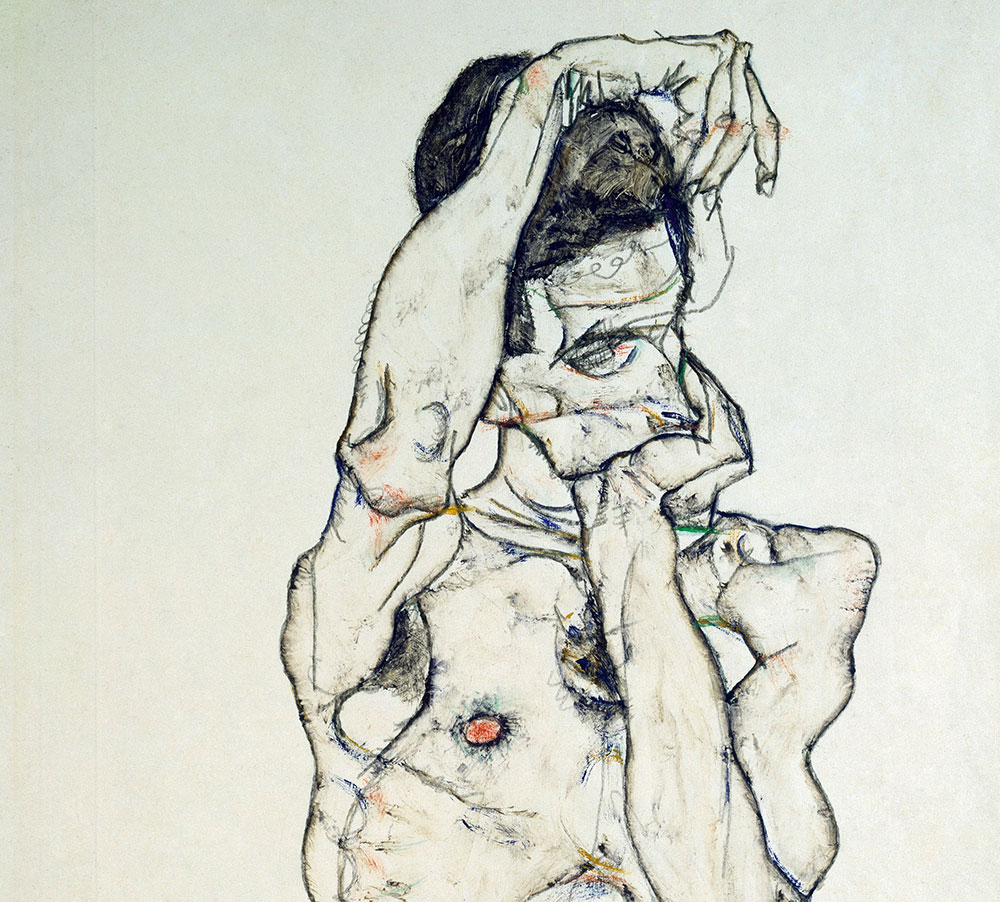 My Favourite Painting: Rob Houchen
My Favourite Painting: Rob HouchenThe actor Rob Houchen chooses a bold and challenging Egon Schiele work.
By Charlotte Mullins
-
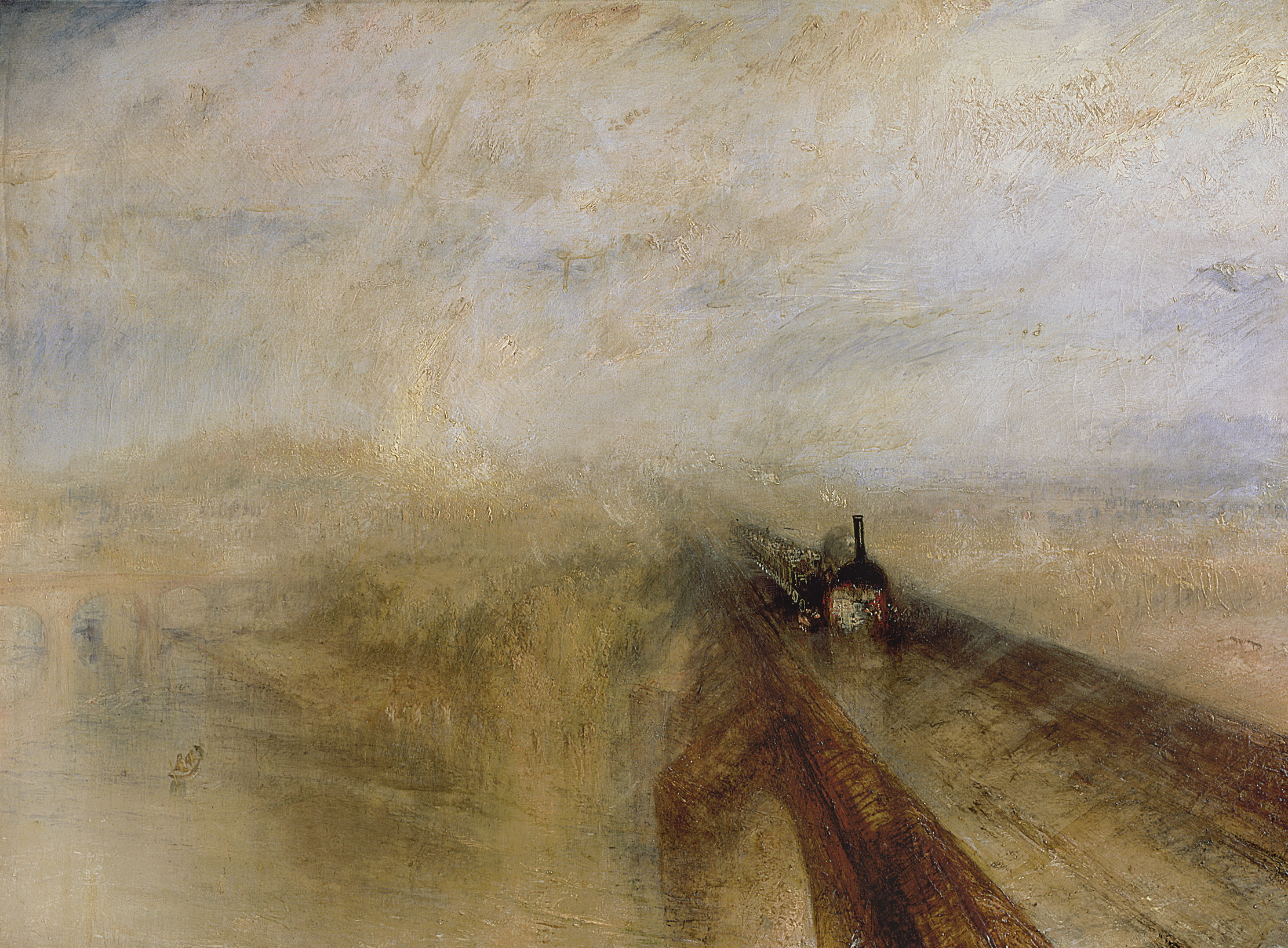 My Favourite Painting: Jeremy Clarkson
My Favourite Painting: Jeremy Clarkson'That's why this is my favourite painting. Because it invites you to imagine'
By Charlotte Mullins
-
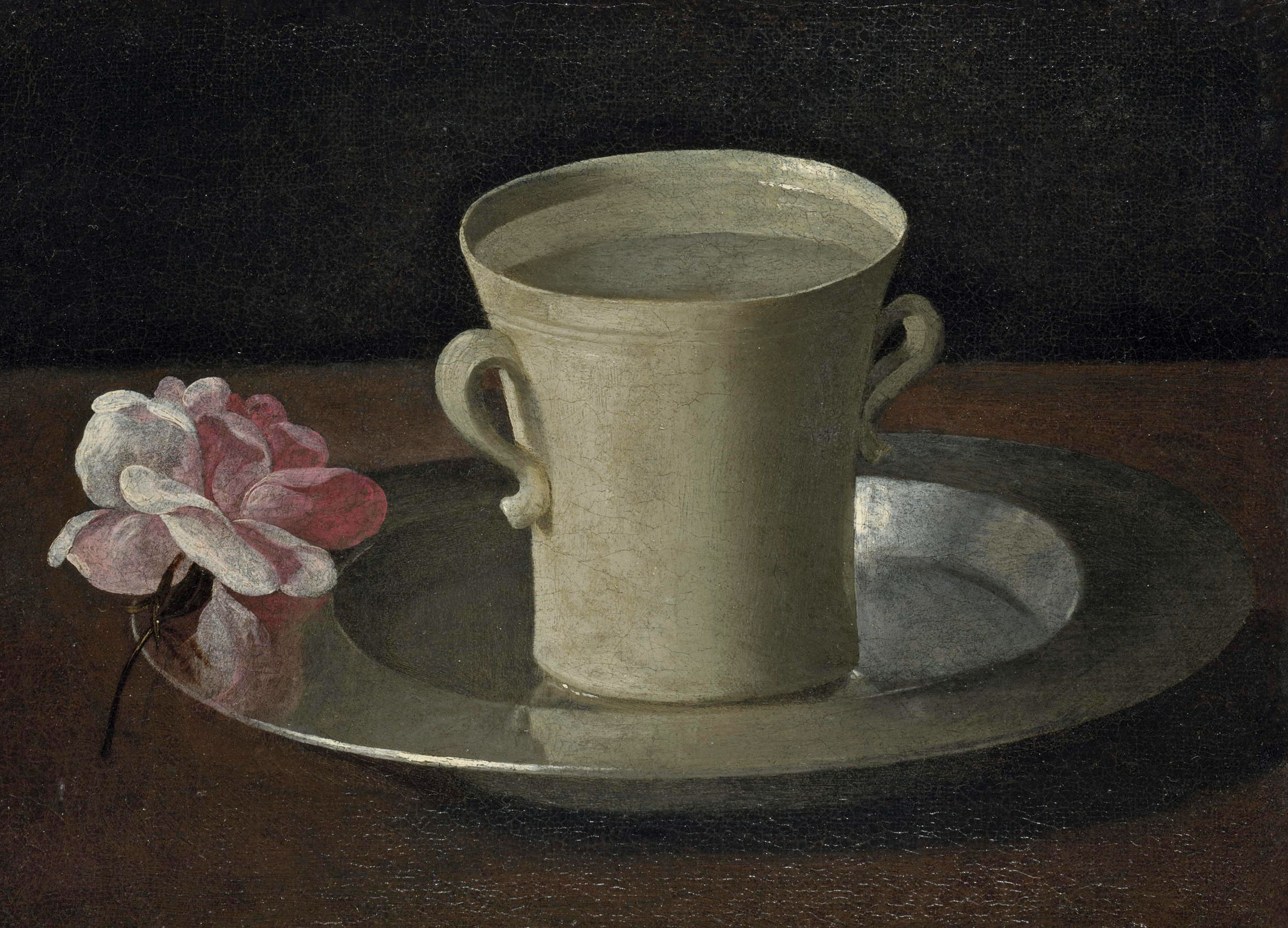 The chair of the National Gallery names his favourite from among the 2,300 masterpieces — and it will come as a bit of a shock
The chair of the National Gallery names his favourite from among the 2,300 masterpieces — and it will come as a bit of a shockAs the National Gallery turns 200, the chair of its board of trustees, John Booth, chooses his favourite painting.
By Toby Keel
-
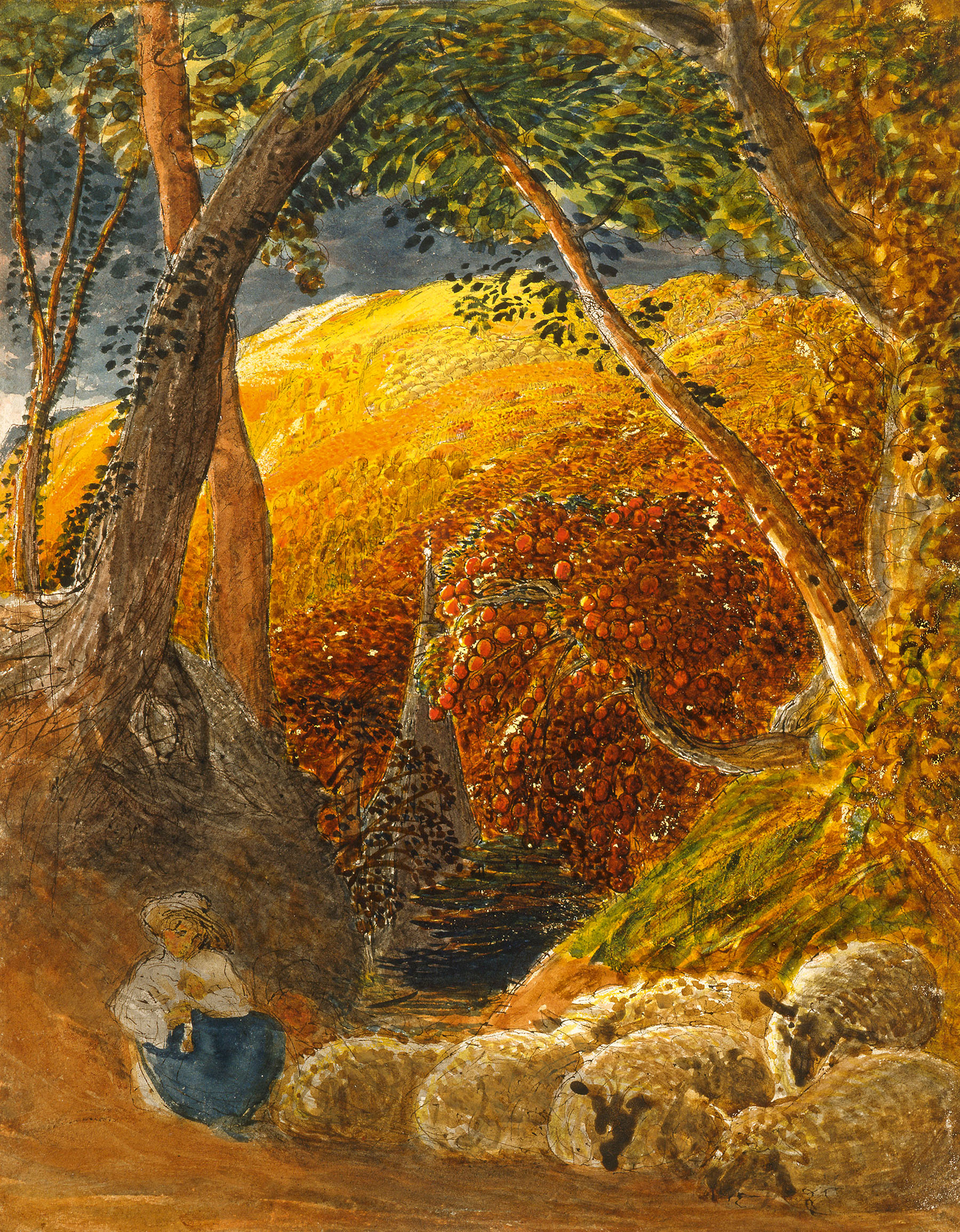 'A wonderful reminder of what the countryside could and should be': The 200-year-old watercolour of a world fast disappearing
'A wonderful reminder of what the countryside could and should be': The 200-year-old watercolour of a world fast disappearingChristopher Price of the Rare Breed Survival Trust on the bucolic beauty of The Magic Apple Tree by Samuel Palmer, which he nominates as his favourite painting.
By Charlotte Mullins
-
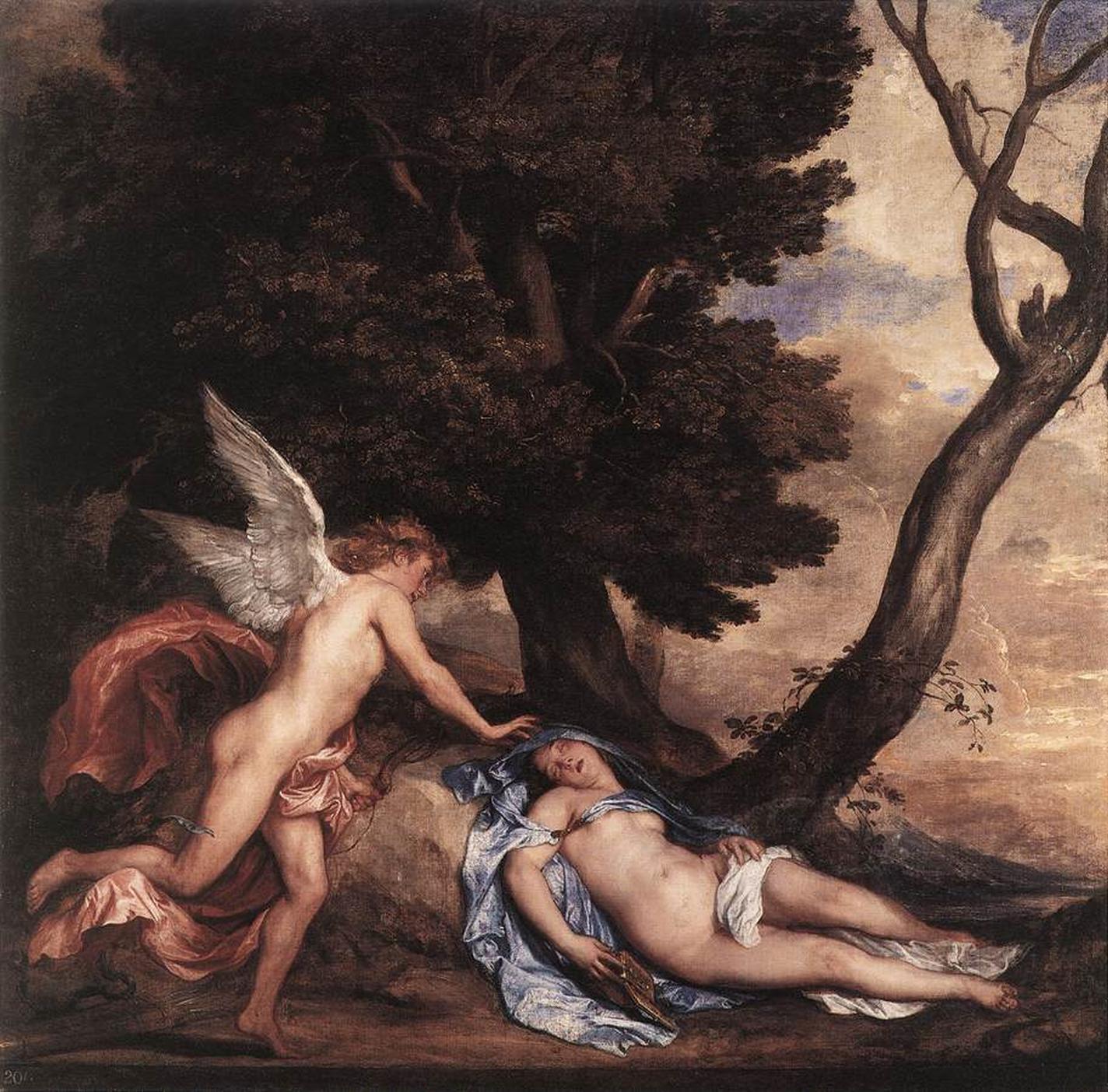 My favourite painting: Andrew Graham-Dixon
My favourite painting: Andrew Graham-Dixon'Lesson Number One: it’s the pictures that baffle and tantalise you that stay in the mind forever .'
By Country Life